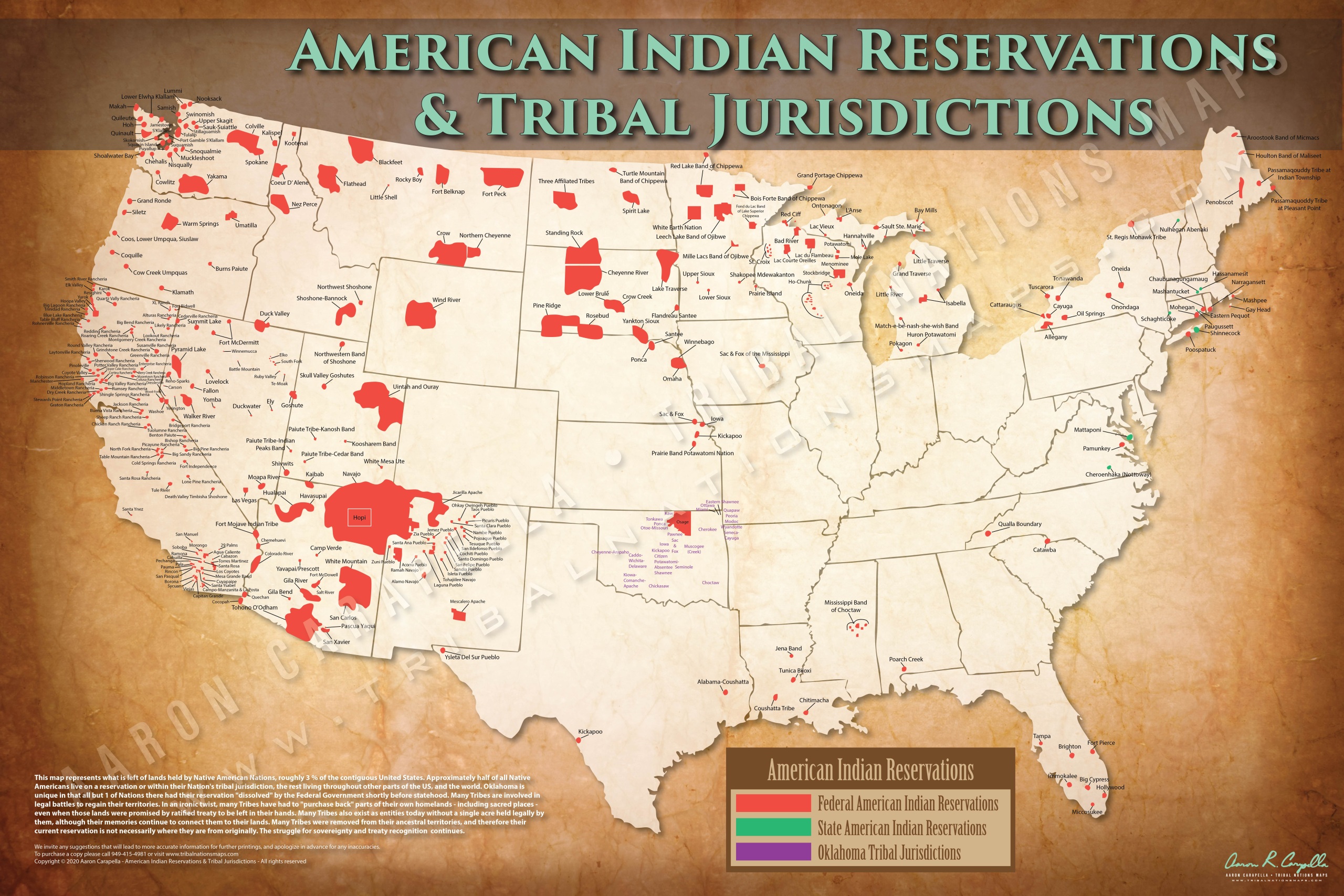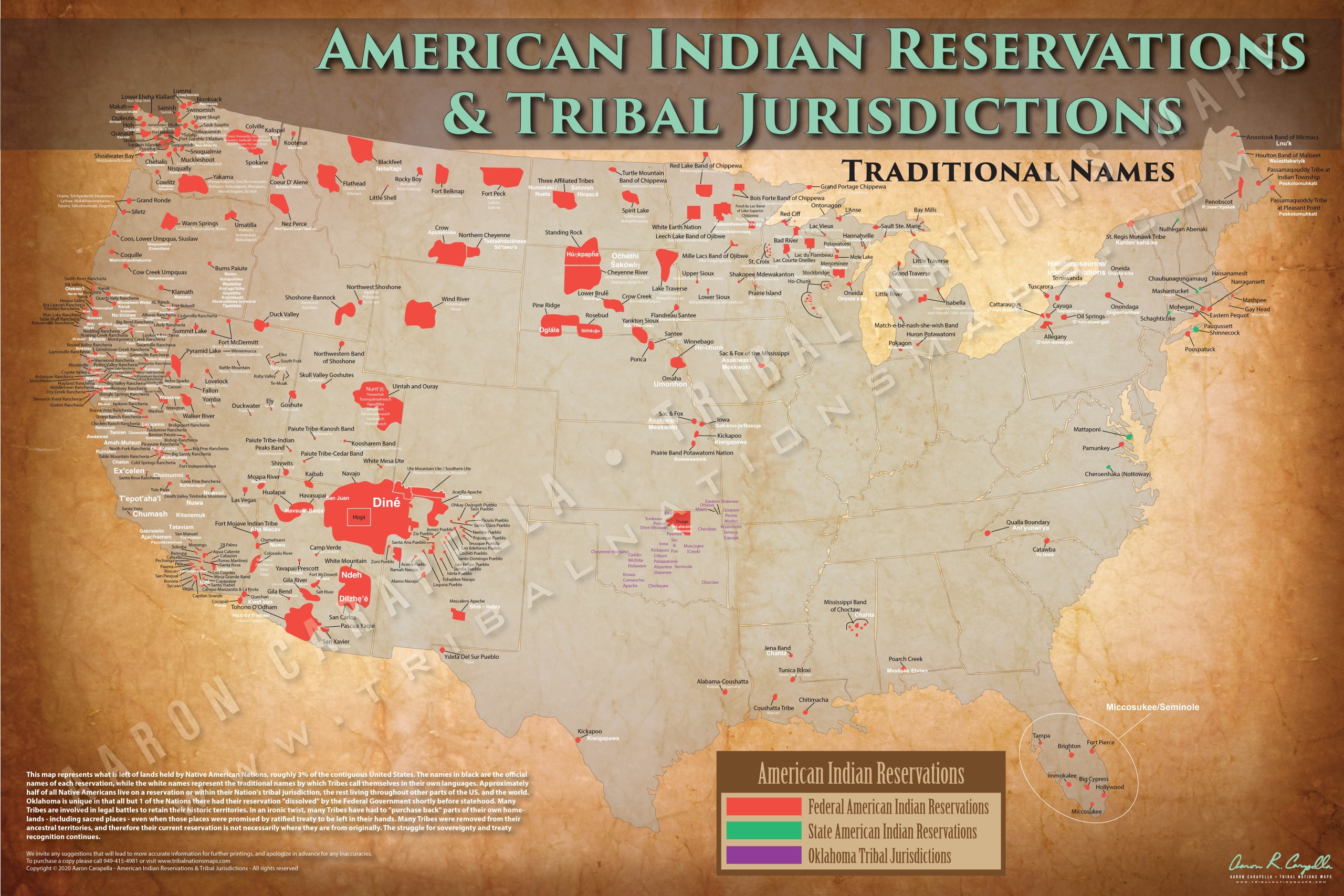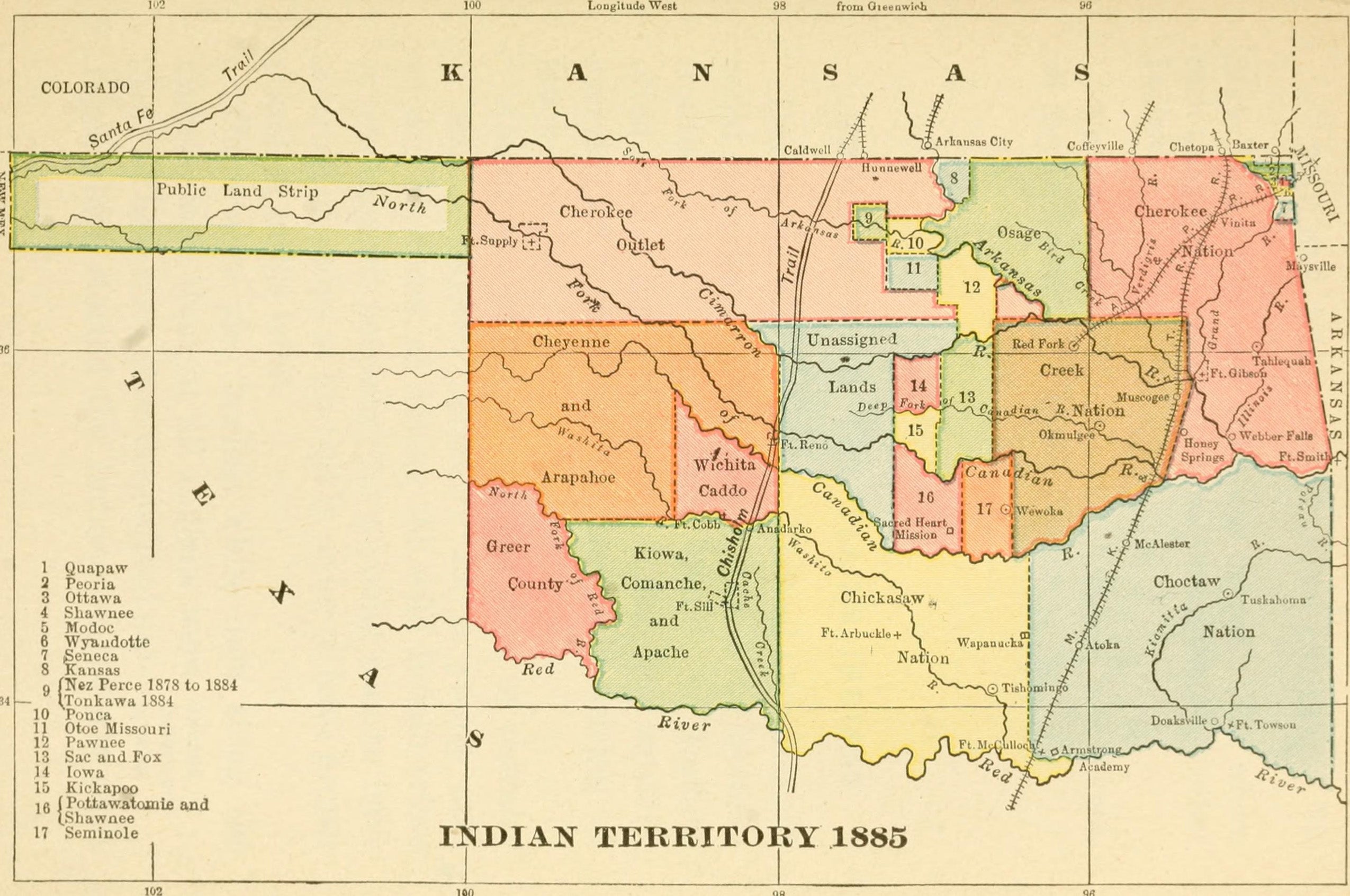Oklahoma’s Hidden Worlds: A Guide to the State’s Indian Reservations
Oklahoma’s Hidden Worlds: A Guide to the State’s Indian Reservations

Oklahoma, the Sooner State, is known for its vast plains, rich history, and vibrant culture. But did you know it’s also home to a diverse tapestry of Native American tribes, each with its own unique story and heritage? This article dives into the fascinating world of Oklahoma’s Indian reservations, offering a comprehensive guide to exploring their history, culture, and vibrant communities.
A Land of Diverse Tribes
Related Articles: Oklahoma’s Hidden Worlds: A Guide to the State’s Indian Reservations
- Unveil the Enigmatic World of New York's Native American Tribes
- Unveiling the Treasures of Florida's Tribal Lands: A Journey through "florida indian tribes map 2023"
- Unearth the Oldest Indian Tribe in America: Discoveries and Insights
- Unveiling the Vibrant Heritage: Indian Tribes Near Kalamazoo, Michigan
- Unveiling the Potawatomi Legacy: A Journey to Indiana's Native Roots
Oklahoma boasts the largest concentration of Native American tribes in the United States, with 39 federally recognized tribes calling the state home. Each tribe has its own distinct language, traditions, and cultural practices, creating a rich mosaic of heritage. From the Cherokee Nation, the largest tribe in Oklahoma, to the smaller, but equally vibrant tribes like the Caddo and the Wichita, each reservation offers a glimpse into the resilience and enduring spirit of Native American culture.
Mapping the Reservations
To truly understand Oklahoma’s Native American landscape, you need a map. The Oklahoma Indian Affairs Commission provides a detailed map outlining the boundaries of each reservation, which is a fantastic starting point for your explorations. You’ll find that these reservations aren’t just geographic areas, they’re vibrant communities with their own governments, schools, businesses, and cultural centers.
Exploring the Cultural Tapestry
Stepping onto a reservation is like stepping into another world. The sights, sounds, and smells are distinct, reflecting the unique heritage of each tribe. Here are some of the many ways to experience the rich tapestry of Oklahoma’s Indian reservations:
-
Visit Tribal Museums: Oklahoma’s reservations are home to numerous museums showcasing the history, art, and culture of their respective tribes. The Five Civilized Tribes Museum in Muskogee is a must-visit, offering a comprehensive look at the Cherokee, Chickasaw, Choctaw, Creek, and Seminole nations. Other noteworthy museums include the Oklahoma City Museum of Art’s impressive collection of Native American art and the National Cowboy & Western Heritage Museum in Oklahoma City, which features a dedicated exhibit on the history of Native American cowboys.

-
Attend Powwows: Powwows are vibrant celebrations of Native American culture, filled with traditional dancing, drumming, singing, and storytelling. Oklahoma hosts numerous powwows throughout the year, each with its own unique theme and style. Some of the most popular powwows include the Cherokee Nation’s annual Cherokee National Holiday in Tahlequah and the Sac and Fox Nation’s annual powwow in Stroud.

Explore Tribal Arts and Crafts: The artistry of Oklahoma’s Native American tribes is truly awe-inspiring. From intricate beadwork and pottery to stunning basket weaving and silverwork, the craftsmanship is a testament to generations of skill and tradition. Visit tribal craft centers and shops, where you can purchase authentic artwork and learn about the techniques and stories behind each piece.
-
Experience Tribal Cuisine: Oklahoma’s reservations offer a delicious culinary journey, with traditional dishes passed down through generations. From the hearty frybread of the Cherokee to the savory bison stew of the Cheyenne, the flavors of Native American cuisine are as diverse as the tribes themselves. Many restaurants on reservations offer a taste of traditional dishes, while others have incorporated modern twists on classic recipes.

Beyond the Tourist Trail
While the cultural experiences mentioned above offer a glimpse into the richness of Oklahoma’s reservations, it’s important to remember that these are living communities with their own unique challenges and triumphs. Beyond the tourist attractions, you’ll find schools, hospitals, businesses, and families going about their daily lives. Respecting the privacy and autonomy of these communities is crucial when visiting.
The Importance of Cultural Sensitivity
When exploring Oklahoma’s Indian reservations, it’s essential to be culturally sensitive. Here are some tips to ensure a respectful and enriching experience:
-
Learn about the tribe’s history and culture: Before visiting, take the time to learn about the specific tribe’s history, traditions, and customs. This will help you better understand the significance of the sites you visit and the people you encounter.
-
Ask for permission before taking photos: Always ask for permission before taking photos of people or sacred sites. Respecting the privacy of individuals and the sanctity of cultural spaces is paramount.
-
Be mindful of your language: Avoid using stereotypes or offensive language when referring to Native Americans. Use respectful terminology and ask questions if you’re unsure about appropriate language.
-
Support local businesses: By patronizing local businesses on the reservations, you’re contributing to the economic well-being of the community.
The Future of Oklahoma’s Reservations
Oklahoma’s Indian reservations are not just historical relics, they’re vibrant communities facing the challenges and opportunities of the 21st century. Many tribes are actively working to preserve their culture and traditions while also striving for economic development and self-determination. By understanding and appreciating the unique stories of each tribe, we can contribute to a future where Native American culture thrives in Oklahoma and beyond.
FAQ: Oklahoma Indian Reservations Map
Q: What is the best way to find a map of Oklahoma’s Indian reservations?
A: The Oklahoma Indian Affairs Commission website provides a detailed map outlining the boundaries of each reservation. You can also find maps at local libraries, tourism offices, and tribal websites.
Q: What are some of the most popular tourist destinations on Oklahoma’s reservations?
A: Popular destinations include the Cherokee Nation’s capital city of Tahlequah, the Chickasaw Nation’s cultural center in Sulphur, and the Choctaw Nation’s casino and entertainment complex in Durant.
Q: Are there any special considerations when visiting Oklahoma’s reservations?
A: It’s essential to be culturally sensitive and respectful of tribal customs and traditions. Always ask for permission before taking photos, avoid using stereotypes, and support local businesses.
Q: How can I learn more about the history and culture of Oklahoma’s Native American tribes?
A: Visit tribal museums, attend powwows, and read books and articles about Native American history and culture. You can also connect with tribal organizations and individuals to learn firsthand about their traditions and experiences.
Conclusion
Oklahoma’s Indian reservations offer a unique and rewarding opportunity to explore the rich tapestry of Native American culture. By respecting tribal customs, supporting local businesses, and learning about the history and heritage of each tribe, you can experience the vibrant communities that call these reservations home. So, pack your bags, grab a map, and embark on an unforgettable journey through Oklahoma’s hidden worlds.

Closure
Thus, we hope this article has provided valuable insights into Oklahoma’s Hidden Worlds: A Guide to the State’s Indian Reservations. We appreciate your attention to our article. See you in our next article!